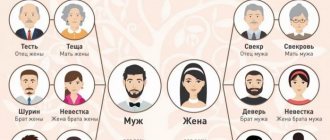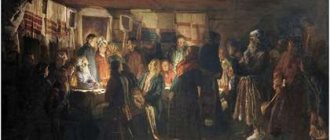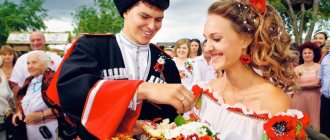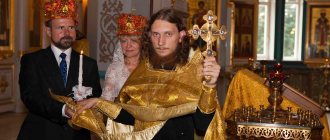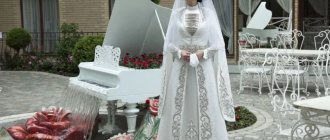Wine is the main pride of Moldova
The first thing that comes to mind when mentioning Moldova is excellent wine and endless vineyards. Even looking at a map of the country, you can see the outlines of a bunch of grapes. Here the Wine Festival at the beginning of October is a national celebration.
On this day, which is held under the patronage of the president himself, folk festivities take place. People sing, dance, watch performances of folk groups, have fun and, of course, drink wine with amazing taste.
A beautiful ancient legend is associated with grapes and storks (another one of the symbols of Moldova). When the Turkish Janissaries tried to conquer the Gorodeshty fortress, the defenders of the homeland fought to the death. Strength was running out, provisions and water were running out, but the proud Moldovans fought to the last. And suddenly white storks appeared in the sky, they were visible and invisible, and each one carried a bunch of grapes in its beak.
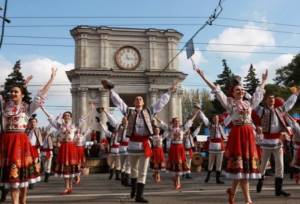
The surprised conquerors froze, and the warriors - the defenders of the fortress - got enough of the grapes and continued the battle with redoubled force. The fortress was defended, and the white-winged stork with a bunch of grapes in its beak became a symbol of freedom and happiness.
Moldova is an agricultural country, here every farmstead has its own vineyard and cellar for storing wine. Cultivating vineyards and making wine is both a source of income and a tradition preserved over many centuries. Feteasca Alba, Feteasca Regale, Rare Neagra are the most famous varieties of wine that the country produces for export.
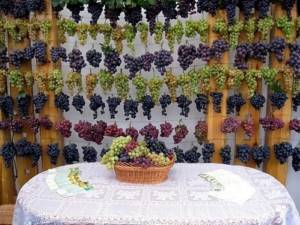
Art of Moldova
The culture in the country was formed from many factors. art direction is fine art. It developed under the influence of Byzantium and since then many frescoes, miniatures and icons have remained. The most valuable monument of architecture and painting is located in the city of Kushen. There is the Church of the Nativity of the Virgin Mary, which was painted by Voikul, Radu and Stanchul. It is these attractions and many others that encourage travelers to take a closer look at tourism in Moldova , because by understanding the culture, you can understand the people.
Song and dance traditions of Moldova
Doinas and Kolindas are Moldovan folk songs, unusually beautiful and melodic, and are still used in folk rituals - weddings, Epiphany, Christmas and many others. The lyricism and fluidity of doina are especially expressed in female and ensemble singing. Initially, they were the melodies of shepherdesses; later they were reborn into one of the symbols of national culture.
The fiery Moldovan folk dances - jok, moldovenyaska, hora - are known to everyone. In Soviet times, the dance group “Zhok” shone on world stages. Nowadays you can admire folk dances at national holidays and art festivals.
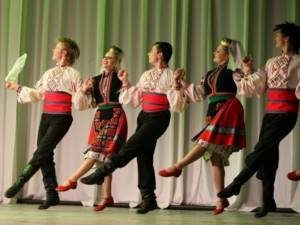
Evgeniy Doga , a Soviet composer, author of the beautiful “Waltz” from the film “My Affectionate and Tender Beast” , is inextricably linked with Moldova . Moldavian singer Nadezhda Chepraga, a popular performer of pop and national songs in her time, was brought up on folk tunes and unique traditions of song culture.
The song and dance rituals of the Moldovans are carefully and lovingly preserved as the greatest value. You can still see them, for example, at wedding celebrations.
Folk music creates a joyful, uplifting mood. Both newlyweds, parents, and guests enjoy singing and dancing to music played on folk instruments (fluer, nai, cymbals, kobza).
Traditions
Folk dance
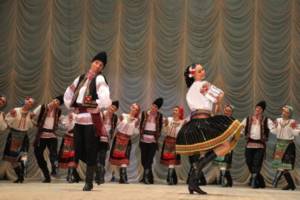
The hora is recognized as the national dance of Moldova. It used to be danced in rural areas, but now you can see people dancing on the streets of cities every day. When performing the hora, all dance participants hold hands and form a circle. No less popular is the zhok, which is a dance that smoothly develops into festivities. Dances among Moldovans are divided into everyday and ritual. The first ones are needed for pastime, and the choir belongs to them. Plots are important. By demonstrating everyday life, they are a contribution to culture. A ritual dance can show the harvest of grapes, the work of a blacksmith sharpening knives, the efforts of a peasant woman, and even the peculiarities of the weather.
Wedding
The wedding ceremony is carried out in the presence of godparents. They are called nanashi. Usually their role is played by close relatives of the bride and groom. Their role in the lives of the newlyweds is great: the newlyweds will have to listen and consult with their nans. Modern weddings are celebrated in restaurants, but previously they took place in the parents' house. The bride price is called vulpa. The literal translation of this word is “fox.” The groom's path is blocked with chains, demanding money and wine. A rich table serves as a wish for good and prosperity to the family. As a sign of marriage, Nanashka ties a scarf to the bride, and guests give utensils necessary for the household. It is customary to place money in a scarf when saying good wishes.
Holidays
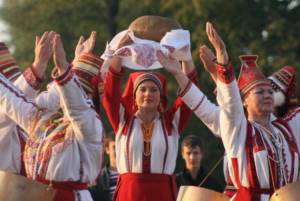
In Moldova, the people are cheerful and love celebrations. Even Wine Day is celebrated here. It’s not surprising at all, since wine is recognized as the national drink. The celebration is accompanied by choreographic dances and playing national instruments. The idea of the holiday is not just to drink an alcoholic drink, but to support wine production. Moldovans celebrate International Women's Day, hold festivities during Independence Day and celebrate Limba noastre, which serves as a day of remembrance for the language of Moldova. During this holiday, people lay flowers on the graves of great writers and glorify one of the country's greatest poets, Alexei Matveevich. Moldovans have a cult of saints. Each village has its own saint, who is an important patron. There are churches in the villages - it is customary to go to them on Saint's Day. Before the celebration, houses are cleaned and tables are set. You need to invite guests, pour the best wines, treat the children and eat well yourself. Often at the holiday, people play trynta - a rather complex type of wrestling in which you need to show dexterity and cunning. The winner receives a ram as the main prize.
Martisor Holiday
The spring holiday of Martisor is considered one of the most beautiful traditions in Moldova. It is celebrated on the first day of spring and is also associated with a folk legend. Spring, coming into its own, cleared the ground of snow to help the first flower, the snowdrop, emerge. Winter, not wanting to give way, got angry and launched a blizzard on the beautiful Spring. She, protecting a snowdrop from the wind, scratched herself on the thorns of a thorn tree. Drops of blood fell on the snow.
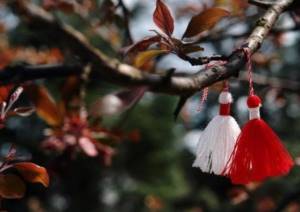
The symbol of the holiday is considered to be decorations woven from red and white threads - martisors. Residents of Moldova give them to each other in honor of the onset of spring. These delicate decorations are worn for a whole month, and at the end of March they are hung on trees in the forest, while making cherished wishes. It is believed that they always come true.
Moldavian language
The creation of a single linguistic community is directly related to the formation of the Moldovan nationality, the political and state status of the region of their residence. The first mentions of the Moldavian language appear in sources of the 17th century. Chronicler Gregory Urek writes that this language is spoken by Wallachians, Moldavians and Transylvanians.
During the same period, the first written publications in Cyrillic appeared. Previously, Church Slavonic was used for church and administrative documentation and in literature. Moreover, it was precisely the language of official documents and was not used in oral speech.
The literary Moldavian language, which began to actively develop in the 17th century, was finally formed in the second half of the nineteenth century. At the same time, differences emerged between the Moldavian and Romanian languages. They remain today.
Therefore, despite its linguistic identity with Romanian, the state language of the republic is considered to be Moldovan, the Slavic component of which is more pronounced. A characteristic feature of modern Moldovans is also their knowledge or close familiarity with the Russian language. Depending on the situation and context of the conversation, many people switch quite easily from one language to another.
Folk crafts
The oldest craft in Moldova, pottery, has earned recognition in many parts of Europe. Handmade ceramics are decorated with national ornaments and designs depicting animals and plants. Pots and other earthenware are widely used in Moldavian cuisine; baked vegetables and meat are especially tasty.
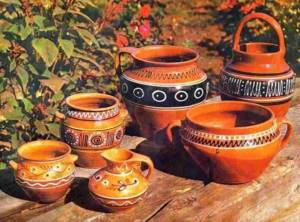
Moldavian woodcarving masters create delightful patterned souvenirs and interior items. Decorating wooden buildings with carvings is also common. The houses in the Calarasi, Rezin and Straseni regions of Moldova are especially beautiful.
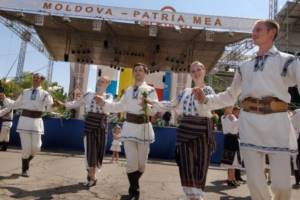
Carpets and national embroidery are another type of handicraft that the people of the country are proud of. Carpets decorated with flowers feel completely smooth to the touch. This speaks of the high skill of Moldovan needlewomen. Embroidered products are real works of art. You can admire them at the Chisinau Museum of Local History.
Each nation has its own unique traditions and customs. Moldova is a country with a special flavor, its cultural heritage is distinguished by bright colors and sunny mood.
Religion of Moldovans
If we talk about the religious component, the picture here is quite homogeneous. The answer to the question of what faith the Moldovans are is simple: Orthodox. This is confirmed by statistical data.
Almost 98% of the believing population professes Orthodoxy. But within the Orthodox religion of the Moldovans there are two main directions. The Moldavian-Chisinau and Bessarabian metropolises are represented here. The first belongs to the Moscow Patriarchate and has six dioceses. Overall, it accounts for almost 90% of all parishes in the country. It has been operating since 1992, and in fact is the successor to the Khotyn-Kishinev metropolis created at the beginning of the 19th century.
The Bessarabian metropolis of the Romanian Church remains in the minority, with 11% of believers being its adherents. It is autocephalous, has a number of features, and is in a rather ambiguous relationship with state authorities.
The main difference between the two metropolises is the language of church service. In the first case, Church Slavonic is used, in the second, Old Moldavian. Moreover, both metropolises also use Greek. It should be noted that there are no obvious and serious frictions between them.
One of the significant religious works in Moldova is the Catechism (136 commandments of life with many commentaries).
Who can be nanashami at a Moldovan wedding?
Ours, or as they are also called Nanas, are often chosen from close relatives: brothers, sisters, cousins, cousins or married acquaintances of the newlyweds who are married according to the laws of the church. They are often chosen by the groom, but the bride's relatives can also take this position. Monks cannot be nanas, because they live in monasteries, and are unlikely to be able to instruct young people regarding vital family issues.
As Archpriest Ioan Cozonac emphasizes: unmarried couples are not recommended to join us. Also, Nanami cannot be a couple like father and daughter, mother and son. According to the traditions and church rules adopted in Moldova and especially in Bukovina, several pairs of nashi are not welcome, but in practice, such situations also occur.

How does matchmaking and engagement work?
Moldovans begin the first official conversation about the upcoming wedding at the bride's matchmaking ceremony.
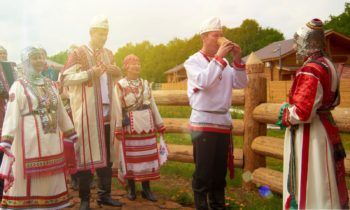
Matchmakers are sent to the young woman's house. Their responsibilities include a detailed description of all the advantages of the future groom and posing the main question.
Matchmakers should anticipate the answer in advance by finding out about the parents’ intentions to marry off their daughter. Mandatory days for matchmaking were: Thursday, Saturday or Sunday, if major church holidays did not fall on them. They were considered successful. Traditionally, there are several matchmaking requests when:
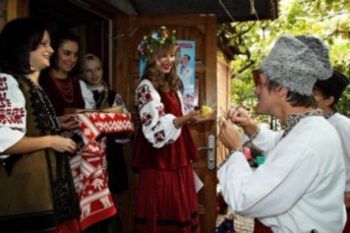
- the bride is represented as the prey, and the groom as the hunter;
- bargaining is carried out between the groom and parents for the bride as for a commodity;
- the fact is stated that there is a bride and groom.
In all these cases, the participants clearly communicate the intentions of the parties by performing certain actions prescribed by custom. According to faith, this helps protect the future family from misfortunes. A positive response to matchmakers is the transfer of any item of the bride into the hands of the groom. His presence, by the way, is not necessary.
But most young people do not miss the opportunity to participate in this ritual.
At the end of the matchmaking, the day of engagement and the day of the final answer are set. The time difference between them can be a week. The total time to think and change a decision is two weeks or more.
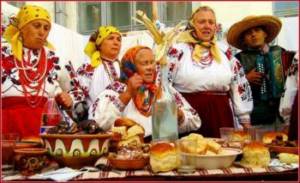
On the day of the engagement, the bride's parents came to the groom's house, checking the veracity of the matchmakers' words about his condition and ability to run a household. At the set table, the details of the future wedding, the day, the number of invited guests, etc. were discussed.
The bride's dowry was definitely discussed. If within the allotted time the groom or his parents abandoned their intentions, the bride could, if she wished, perform a special ritual “On the stove”. He gave her the right to annul the refusal herself and marry her fiancé, even against the will of his parents.
If the refusal occurred on the part of the bride’s parents, she could simply be “stolen.”

